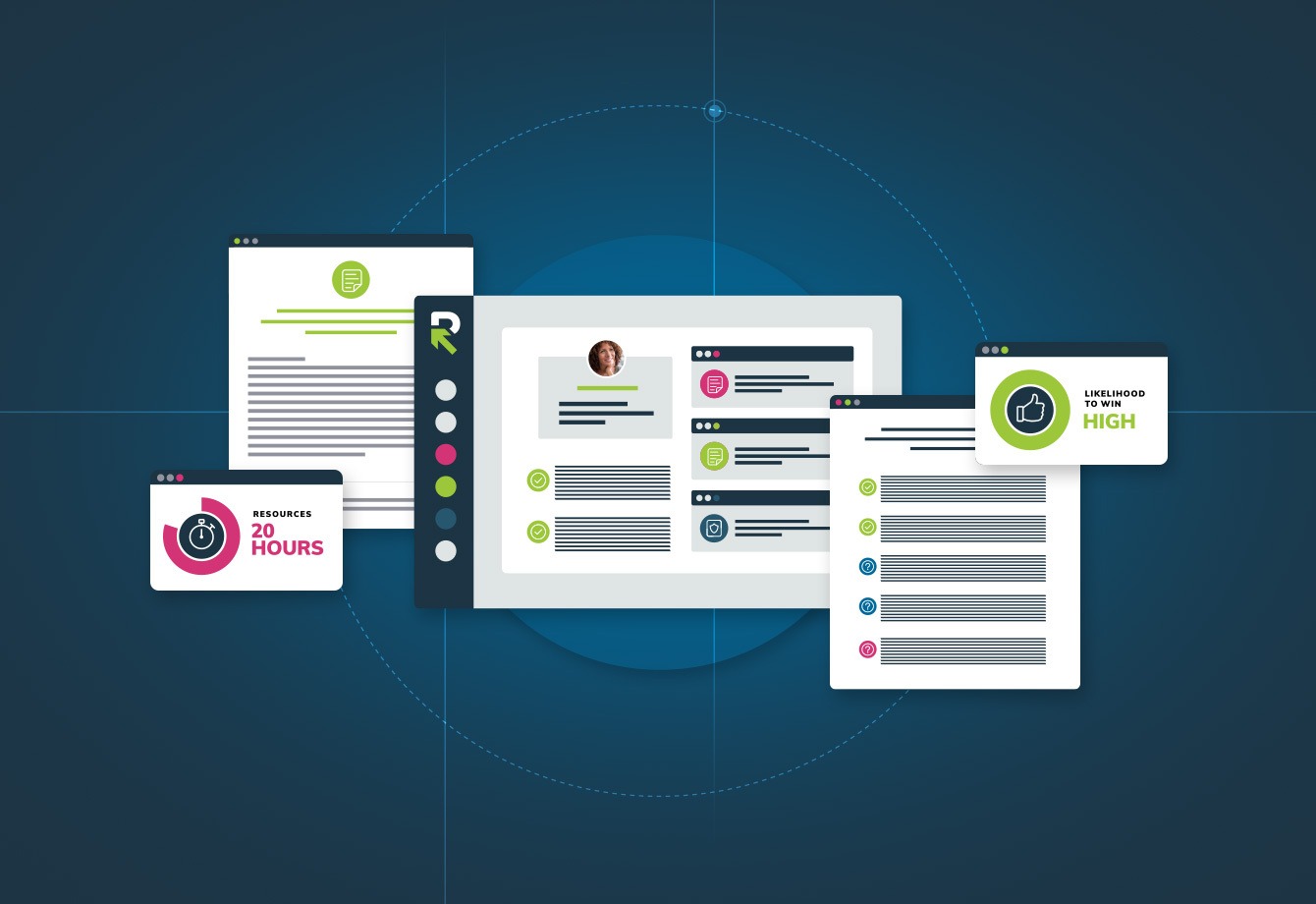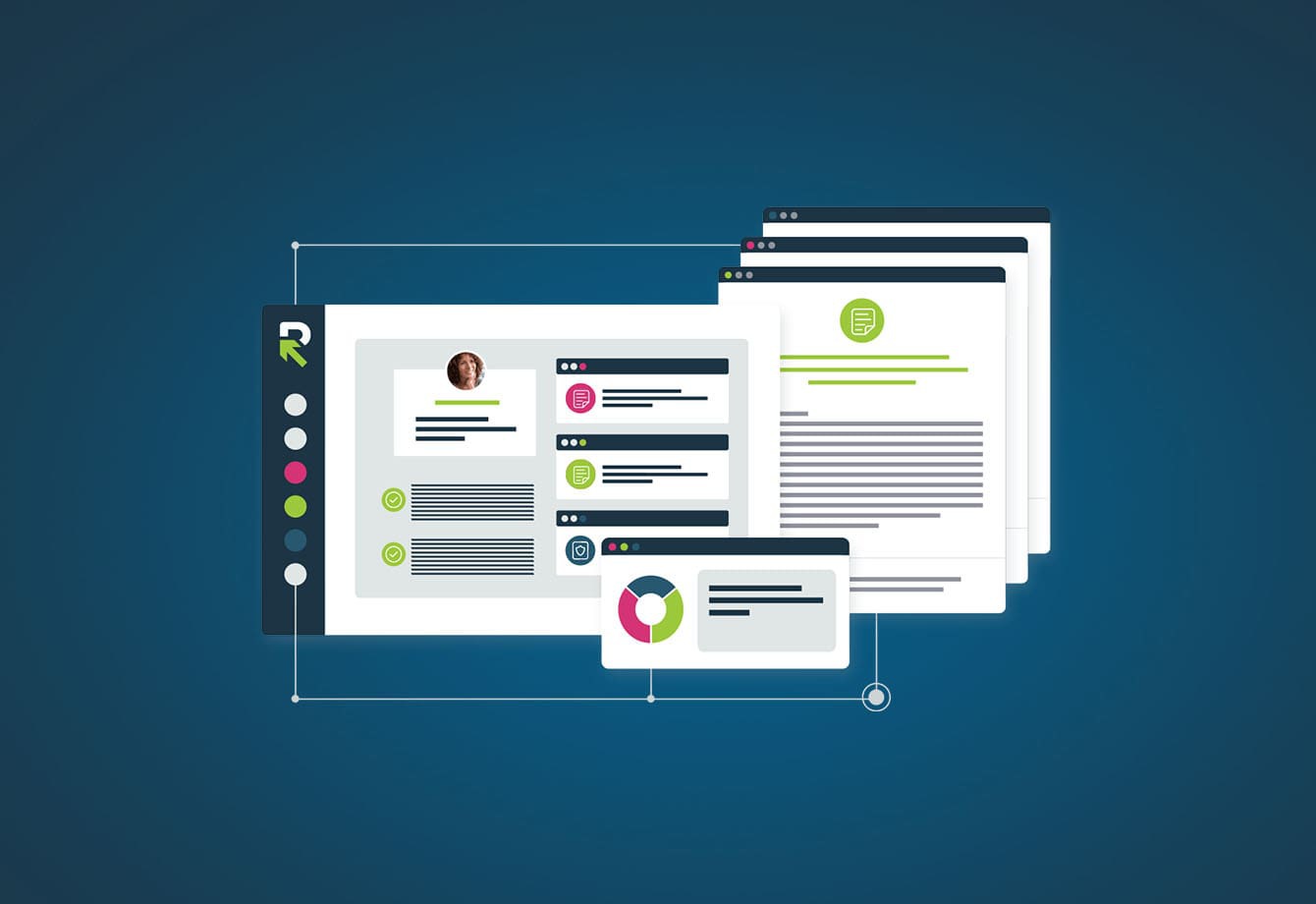
Start Responding Like a Pro
The Responsive blog is full of insights and best practices, giving you the tools you’ll need to streamline your process and respond with confidence.
Featured Post

RFP best practices — Content and process tips
Selling & EnablementHow to create better RFP response content (and refine your process along the way) There’s nothing more frustrating than spending […]
Category: Tag: RFP process


Create winning RFPs in 5 easy steps
Product & Best Practices
How to write a letter of intent to bid: Tips, examples & template
Selling & Enablement
Bid or no-bid decision guide: Save time & improve RFP win rates
Selling & Enablement
Understanding the RFP response process
Selling & Enablement
The SME role explained: Subject matter expert definition and skills
People & Teams
How to issue an IT RFP: Tips, templates and examples
How to Write RFPs, Issuing RFPs
RFP response management resource
Product & Best Practices
How to write a proposal rejection letter to a vendor
Issuing RFPs
Understanding the RFP response process
Selling & Enablement
Considerations when creating an RFP process
Selling & Enablement
Benefits of a great RFP process
Selling & EnablementSee how it feels to respond with confidence
Why do 250,000+ users streamline their response process with RFPIO? Schedule a demo to find out.